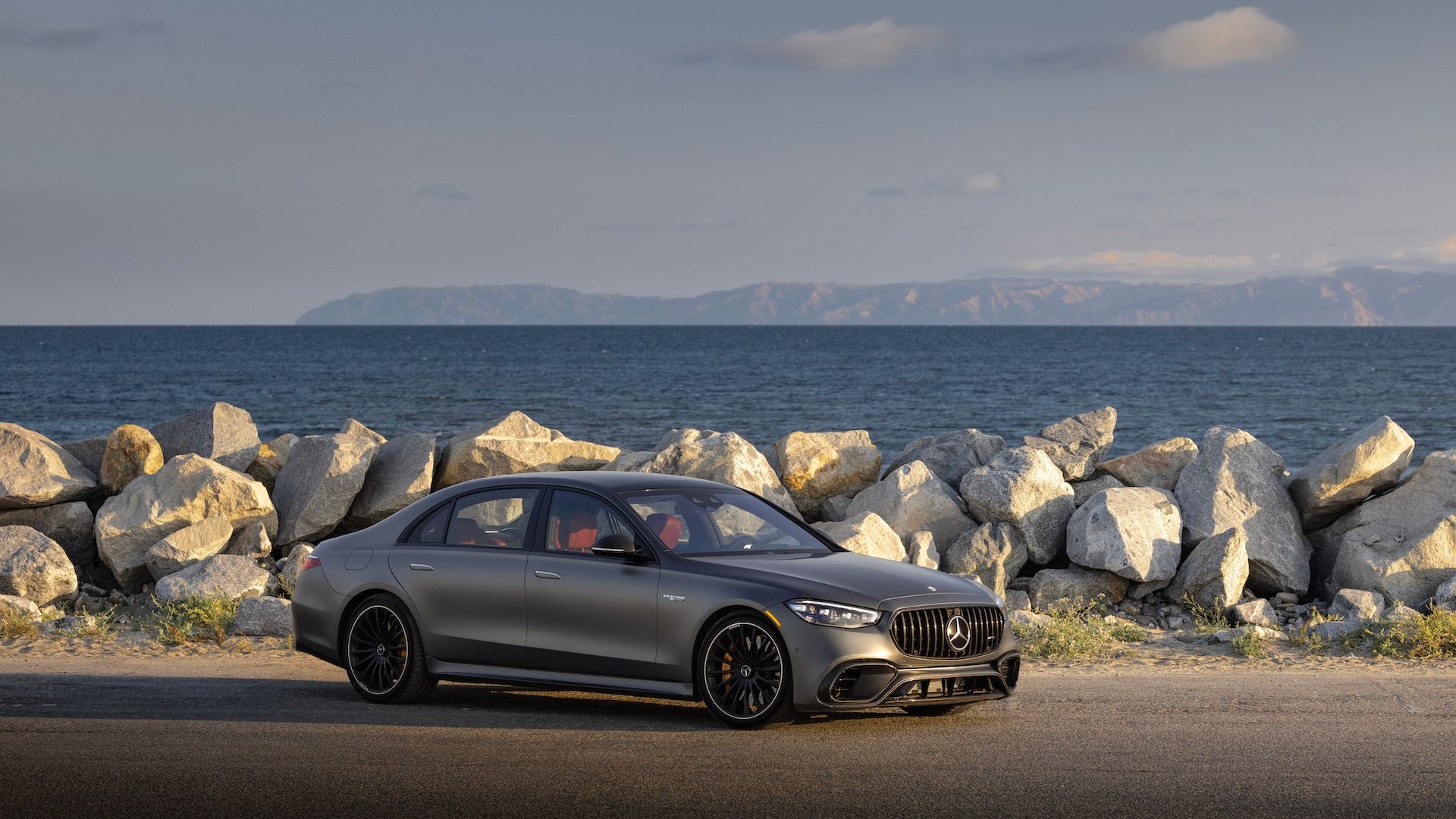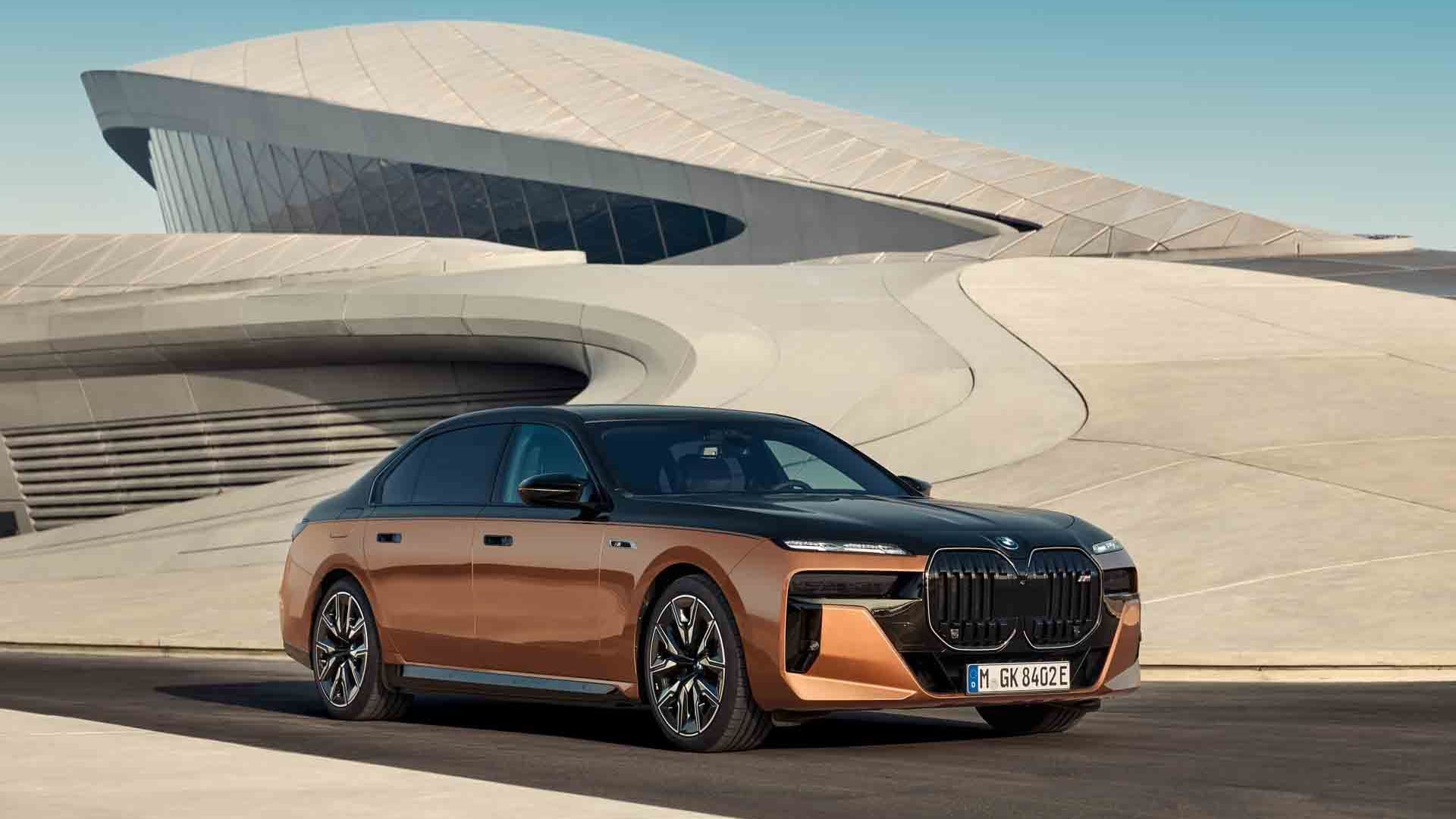Self-driving capability is becoming a key selling point for luxury cars, and engineers are slowly, yet steadfastly improving the technology to the point where, perhaps some time next decade, cars will be able to run around town without a person behind the wheel.
Mercedes-Benz’s current S-Class, introduced for 2014, was the first production car to be able to drive on its own. The car can handle smooth, flowing traffic, with the driver only required to touch the steering wheel on a regular basis to ensure they haven’t nodded off and are ready to takeover in an emergency. The onus is still very much on the driver at all times.
So far we’re yet to see any self-driving system that can handle more complex situations such as bends or intersections, at least in production form. However, Mercedes is approaching that stage with its updated S-Class debuting at this month’s 2017 Shanghai auto show. The automaker has revealed that the car, due here in the fall, as a 2018 model, will automatically adjust its speed for a number of road situations. Mercedes lists bends, highway exits, junctions, roundabouts and toll booths as examples.

2018 Mercedes-Benz S-Class will automatically brake for bends and intersections
The car will do so by making use of map and navigation data to determine whether it needs to slow down for an upcoming bend or intersection. It will also rely on much more advanced camera and sensor technology. The driver will still need to monitor the situation and do the actual steering, and once the maneuver is complete the car will automatically accelerate out.
In addition to this new feature, many of the current S-Class’ existing electronic driver assist features have been improved. These include an automatic lane change feature for speeds between 50 and 112 mph; a traffic sign feature that keeps you within the posted speed limit (known limits, such as 30 mph in built-up areas or 60 mph on country roads, are also adopted from the navigation system); automatic traffic crawling; automatic emergency braking; emergency steering assist (when automatic emergency braking is insufficient); and the usual lane departure, cross traffic and blind spot warning features.
The updated S-Class will also get the new vehicle-to-vehicle (V2V) and vehicle-to-infrastructure (V2I) communications system that debuted on the latest E-Class. Information concerning hazardous situations which a vehicle on the road has detected is made available to all other vehicles on the network, giving drivers an early warning. Depending on the situation, a warning by voice output can be given when approaching a hazard. Otherwise, the information is shown on the map display.

2018 Mercedes-Benz S-Class will automatically brake for bends and intersections
Finally, Mercedes is making a remote parking feature available on its updated S-Class. This is already available on the E-Class and allows you to park in tight spots by using a smartphone to control the vehicle from the outside.
Photos of the updated S-Class have already surfaced. They reveal only minor visual tweaks which makes sense as Mercedes is more focused on mechanical changes for the car’s update. In addition to the new driver assist features, the updated S-Class will benefit from a new powertrain lineup.
We’ll have all the details soon as the Shanghai auto show starts April 19. For more coverage, head to our dedicated hub.



